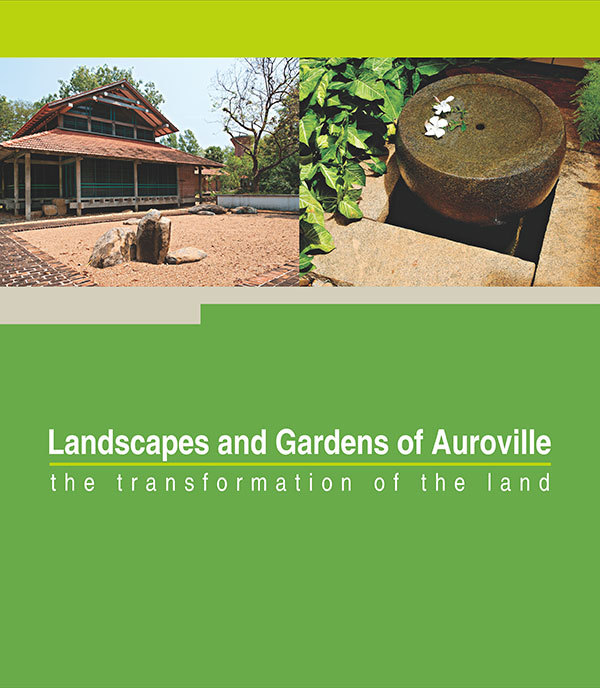Last updated:
Footsteps through the Salad
Wildlife profiles and natural phenomena of Auroville
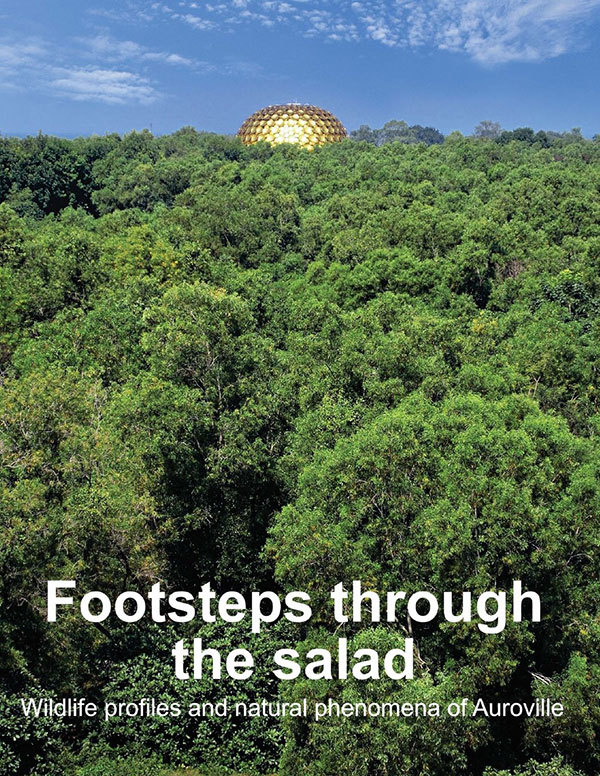
by Tim Wrey
What do you know about the common mammals, birds, amphibians, snakes, lizards, flying insects and other creatures that you see around Auroville? Probably not a lot – like most people. If that is the case, then here is an opportunity to learn something more about a variety of them, and the role they play in nature, both the popular and attractive ones like the squirrels, birds and butterflies, and the less popular or shunned creatures like the ants, centipedes and scorpions. At the same time, 'Footsteps through the salad' also offers an opportunity to learn about some of the natural phenomena that people living in this part of the world are familiar with, but usually know little about, such as thunder and lightning, the mechanism of the monsoon, nature's agents of destruction, cyclones, etc.
This book is written in an informal manner for laymen, largely free of scientific or zoological terminology. Hopefully it will help expand the horizons of knowledge for many intellectually curious readers, and will instill in them a greater appreciation of the natural world around them, together with a desire to protect and conserve it for the benefit and enjoyment of future generations.
Published by: Prisma & SAIIER, 2012
Format: Softcover
Dimensions: 29 x 21cm
Language: English
Pages: 315
Format: Softcover
Dimensions: 29 x 21cm
Language: English
Pages: 315
History and
background
Starting back in the
late 1980s Tim Wrey wrote a series of 30 articles on wildlife for the in-house
journal of an Auroville-based computer manufacturing unit, with the aim of
arousing interest in the natural world among the computer geeks working there.
For years those
articles lay gathering dust, but sometime in 2009 he decided to make them
accessible to the students of Auroville’s schools by way of a book, which he
hoped would not only help them learn about the wonderful natural world around
us, but also motivate them to protect and preserve it for future generations.
However, first he decided to fill in some gaps in the articles’ coverage by
adding a few more on missing topics, probably 10-or-so, but as time went by he
kept thinking of more and more topics. From 30 the number eventually rose to over
70.
Typically he worked
on average 2+ hours a night on the book for nearly 2½ years as he prepared the
text, researching via books and on the Internet for the extra material needed.
Being a complete amateur, just a nature lover, and never having done a book
before, he was unaware of the need to make note at the time of sources of
information used, and later get permission to quote them. By the time he became
aware of this it was too late: he had already explored the contents of
literally hundreds of sites, making notes and downloading sentences and
occasional short passages.
Now he is in an
uncomfortable situation, aware that the book may contain material that should
not have been included without permission. Anyone who finds such material in
the book is asked to please understand what happened. If they want recognition
or an acknowledgement, everything possible will be done to include it
immediately. (An e-mail address is in the book.)
Meanwhile, Tim feels
to add that he has no personal financial interest in the book, whatsoever.
-
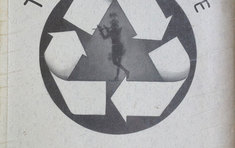
The Gita of Waste
-
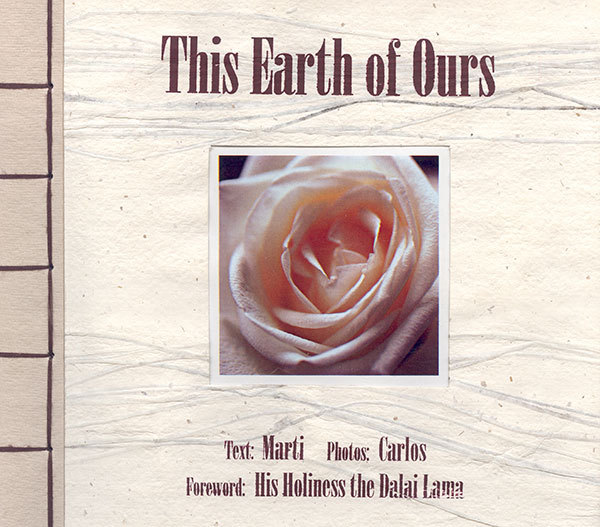
This Earth of Ours
-
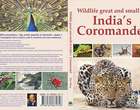
Wildlife great and small of India's Coromandel
-
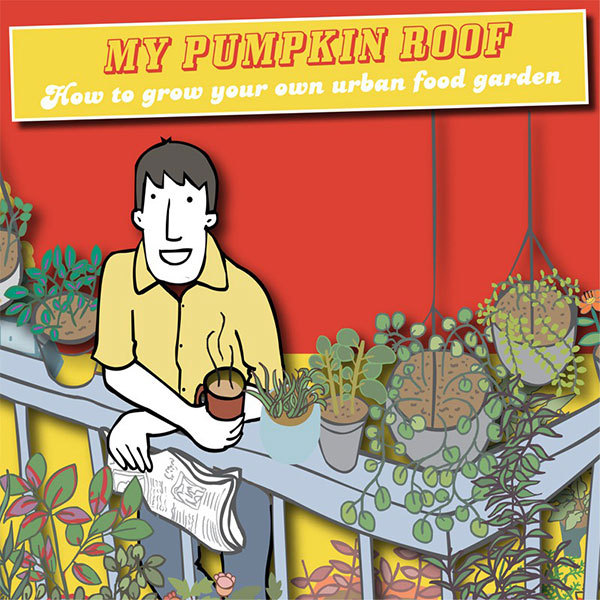
My Pumpkin Roof: How to grow your own urban food garden
-
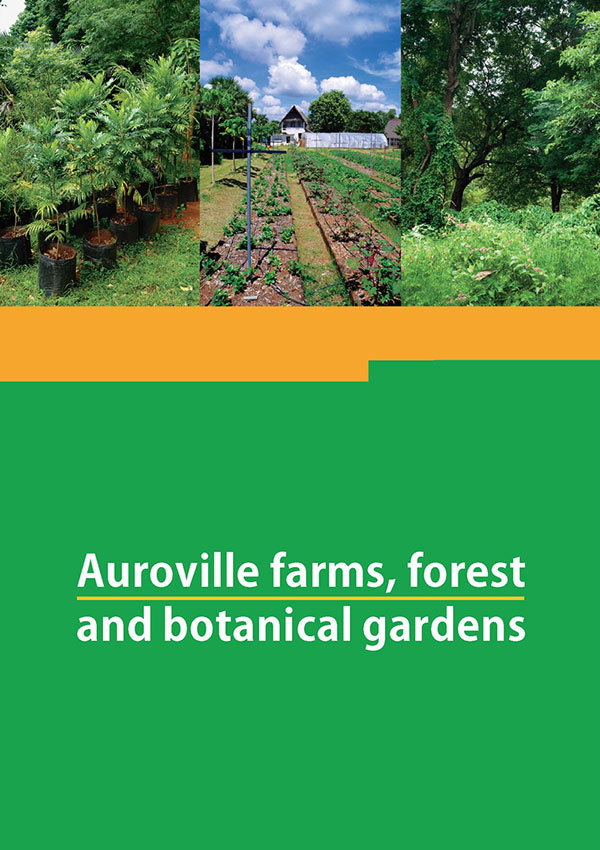
Auroville Farms, Forests and Botanical Gardens
-
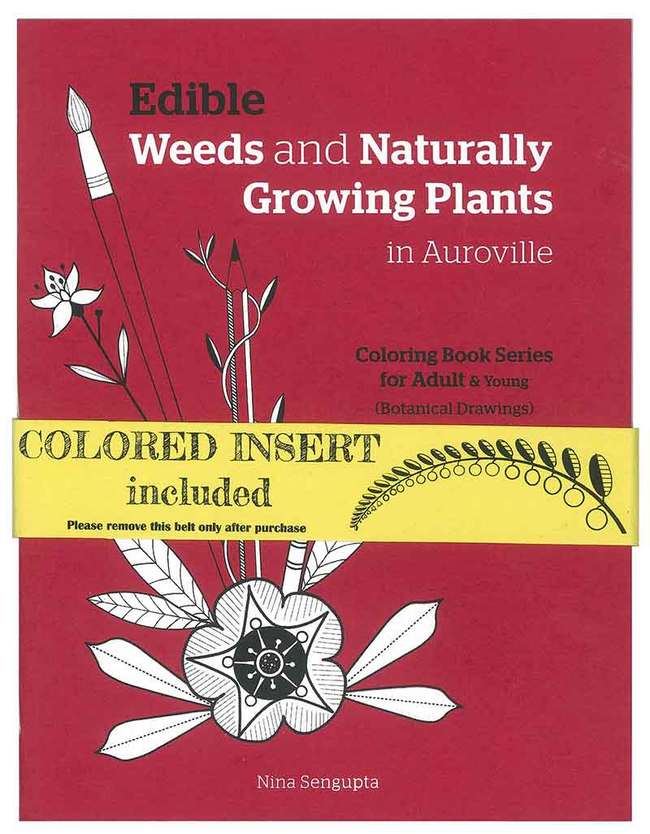
Edible Weeds and Naturally Growing Plants in Auroville
-
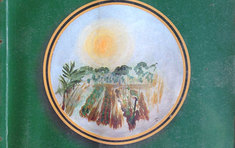
How My Garden Grew
-

Organic Roots: Inspiration from the Founders of the Modern Organic Farming Movement
-
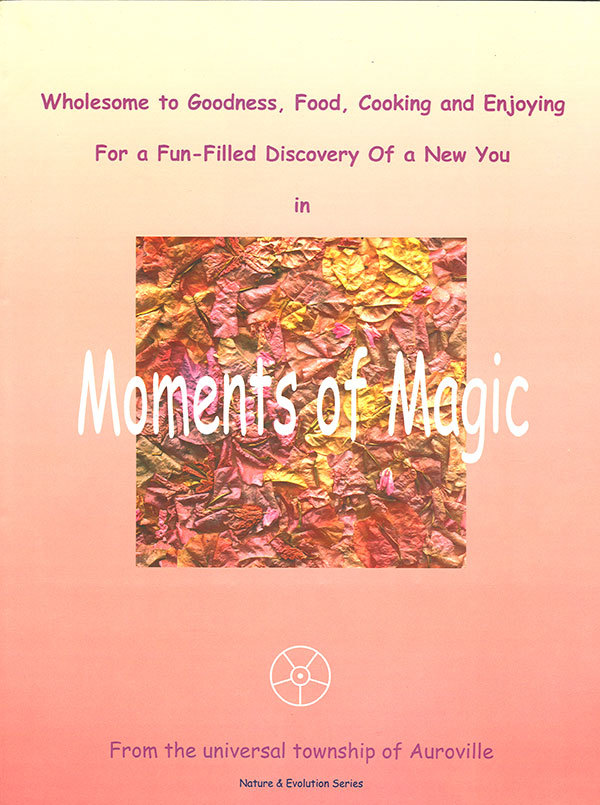
Moments of Magic
-
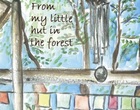
From my little hut in the forest by Yorit Rozin
-
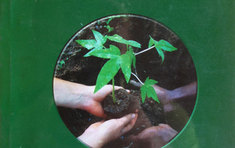
Hands With the Earth
-

Snakes of Auroville and Pondicherry
-
.jpg?1435639198)
Shikra: The Adventure of Environmental Awareness
